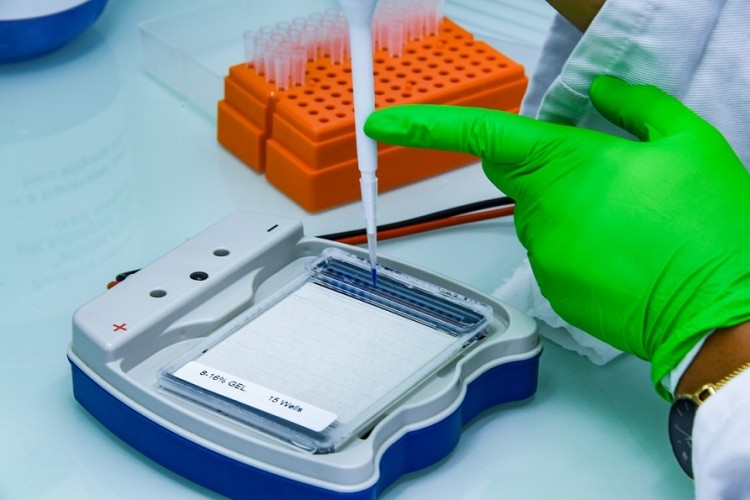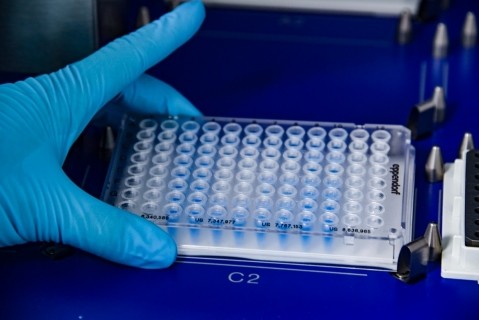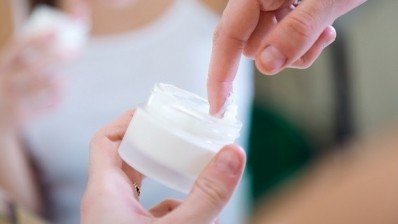Givaudan’s efforts to map the skin microbiome progress

“Our experts have decided to figure out how skin microbiota and human cells interplay,” says the company.
At the IFSCC Congress in Munich this autumn, Givaudan researchers introduced results of an ongoing global programme that is attempting to map the skin’s microbiome, based on the DNA of microorganisms present there.
At the end of the process, the company has been able describe an average microbiota composition for each investigated body site (the research focuses of five skin sites, explained below).
“We associate some of specific microorganisms with the different physiological metrics collected, epidermal sebum content being the most significant to date,” researchers say.
The collected data and findings will be used in the conception of new actives, Givaudan says, and re-examination of existing references will be also carried out as well for increasing their consumer value.
How is the research being carried out?
The study is devoted to the characterisation of skin microbiota corresponding to five selected skin zones that mainly differ for their sebum content. These zones are: the forehead, nose, cheek, forearm, and calf.
Givaudan’s study involved 70 healthy women, and aimed to investigate the DNA of the microorganisms of the sites swabbed, in order to offer a characterization of skin microbiota for the industry to work with.
To do this, Givaudan’s researchers isolated the DNA of the collected microorganisms, determining the sequence (the chain of letters) of specific DNA regions (genes of ribosomal RNA 16S) and then compared these sequences with those present in databases to assign, with a satisfactory level of confidence, the organism having produced the read sequences to an origin (e.g. phylum and family) and a name (genus and if possible, species).
How to get DNA from the microorganisms?
Following sampling, the microbial cells are lysed according to a proprietary optimized method. Each bacteria releases its DNA and, at the end, a very complex multi-origin DNA mixture (named metagenomic DNA since it represents the DNA of the complete population) is obtained.
Metagenomic DNA is purified and precisely quantified according to an optimised process, again pioneered by Givaudan.
Sequencing was performed under the specifications of Givaudan by a Toulouse-based sequencing platform equipped with up to-date sequencing equipments (Illumina® MiSeq).
A ‘tremendous number’ of data was obtained (each sample delivers about 70000 fragments, each containing about 500 nucleotide units, according to Givaudan).
Patrick Robe, Metagenomics project manager, said: “We demonstrated with this new study that a better understanding of the links between skin and microbiota composition would help to address the impact of active cosmetic ingredients on the skin microbiota from a subset of characterised volunteers.” More on Givaudan’s research can be discovered here.
Find out more and register HERE to join us at the Cosmetics Design Summit 2019: Skin Microbiome Innovation, which is sponsored by DSM and Givaudan (Diamond sponsors); Solabia, BASF and Sabinsa (Platinum sponsors); and Indena and Atlantia (Gold sponsors).





















